Opening Gambit: The history of the State Opening of Parliament
1970 State Opening of Parliament | Parliamentary Archives
7 min read
This month’s State Opening of Parliament was a civilised affair compared to the mêlée among MPs 120 years ago. The 1901 ceremony saw a number of innovations at the instigation of the new king, Edward VII. Daniel Brittain reports.
There was a considerable degree of excitement around the corridors of Westminster in the weeks leading up to Valentine’s Day 1901. Not because of a sudden outbreak of ardour, but because the new King, Edward VII, was due to attend the State Opening in person – the first time in 15 years the sovereign would be present, and the first time in 40 years the monarch would read the speech. Until then, the Lord Chancellor had been doing the honours.
Following Prince Albert’s death in 1861, Queen Victoria had withdrawn from public life. Having read her last speech that year, she attended the State Opening intermittently until 1886, but there was no pageantry, trumpets, carriages or royal robes. Although a procession into the Lords was maintained, the Queen wore full black mourning. Before this year, our own Queen had missed the event only twice – in 1959 and 1963 when she was pregnant with Prince Andrew and Prince Edward, respectively.
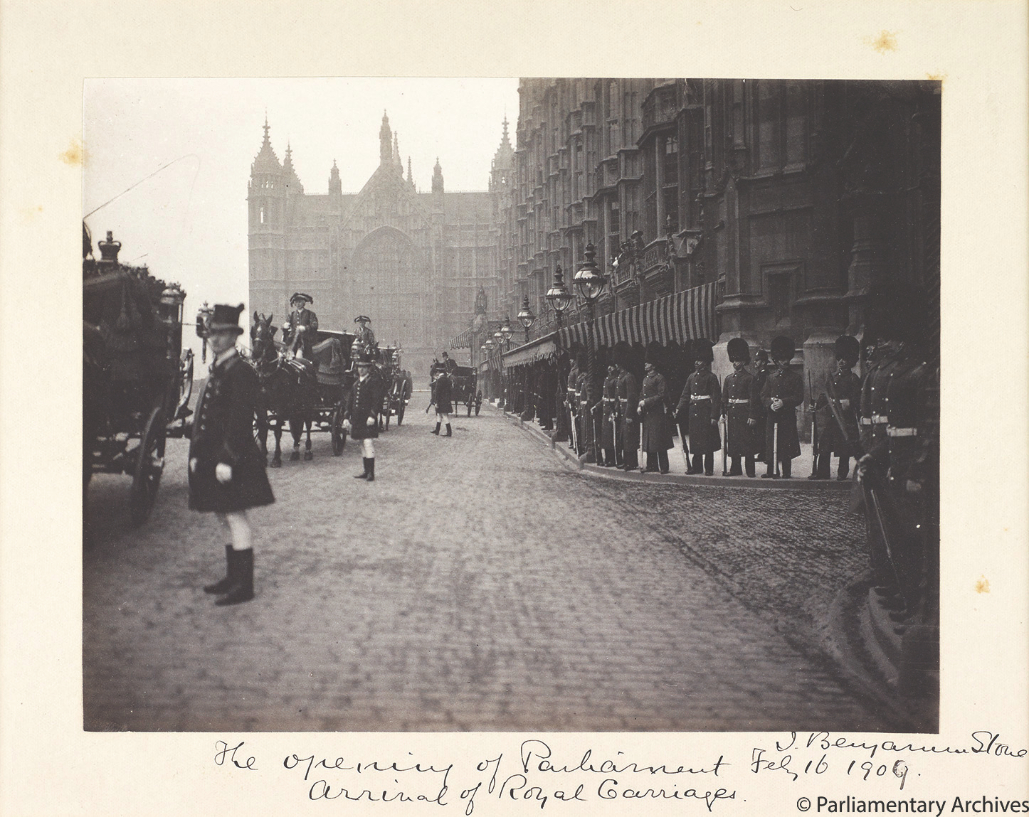
As 14 February 1901 dawned, interest was running high at the prospect of the return to full ceremonial razzmatazz. The State Opening was – as now – as much a social occasion as an opportunity for the government’s proposed measures to be dissected. Three times as many tickets as the year before were issued to peers.
In the Commons, there was much anticipation at the prospect of observing the new King in action after his 60-year apprenticeship. As now, space with a view for MPs was distinctly limited, and no sooner had Black Rod given the King’s command to summon them to the “other place” than trouble started. The Speaker set off for the Lords, with the frontbenchers following.
Charles Tritton (Conservative, Lambeth Norwood) described what followed: the procession was “charged by Members, trying to cut in and get a good place. I was thrown up against the outer door leading to the lobby. It reminded me of a rugby scrimmage in the old days”.
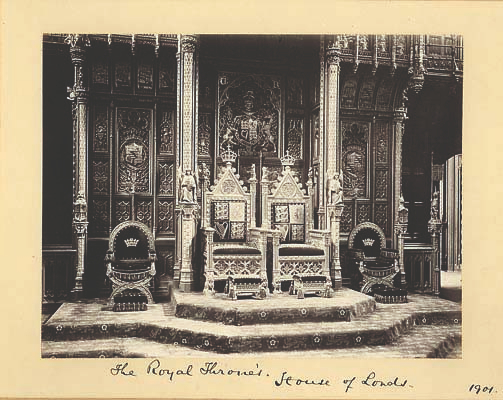
By the time Tritton reached Central Lobby he was nearly swept off his feet. Moments later, he says, “I was knocked silly by a tremendous blow immediately under the heart. I was utterly unable to go to the Lords.”
On the advice of a doctor MP, he decided to “go home at once and telegraph my doctor. I was strapped across my ribs for three or four weeks.”
Sir Henry Fowler (Wolverhampton East), a former and future Liberal cabinet member, tells how MPs “had to fight our way through a crowd of the worst description. A more discreditable scene I never saw in my life.”
This called for a post mortem into the unruly turn of events. A Joint Committee on The Presence of The Sovereign in Parliament was duly formed. Three main points were considered: whether more room could be found in the Lords for Members; the position of the Lords Bar; and whether the event could be moved to Westminster Hall. All these subjects have continued to be debated in the 120 years since.
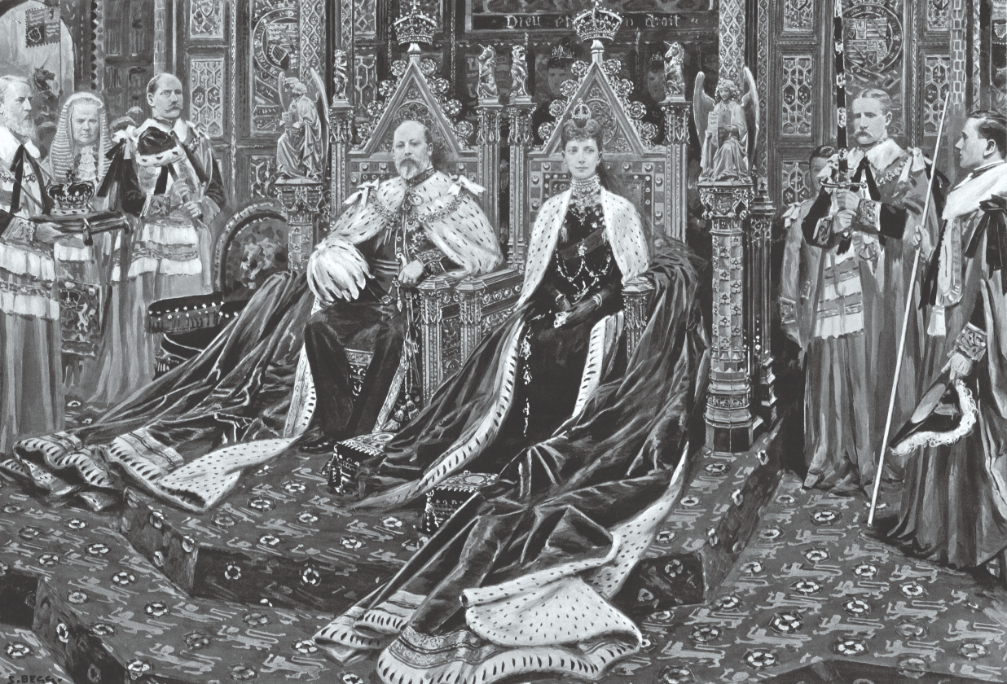
By exploring nooks and crannies and “privileged” seats, further places for Members were found in the Lords, notably in the Strangers’ (now Visitors’) Gallery. The Bar remained a problem, but suggestions were made for a slope to be installed to give more people a view. There was general enthusiasm for using Westminster Hall, but obstacles included the one-off costs of creating majestic surroundings, the sound, and the heating. Worse still was that it meant an exceedingly long walk for the King from the Robing Room while balancing more than a kilo of crown. The idea was unanimously rejected.
What the committee did consider, at length, was the number of peeresses in the Lords, and whether they were entitled to be there. In the middle of the 19th century there were usually 200 to 300 peeresses, but only 50 peers – the majority of whom having apparently given their tickets to their wives and daughters . In 1852 The Times remarked “that one might suppose that a House of Peeresses had been added to the institutions of the country”.
The committee was torn, but many of their ladyships were ultimately shunted off to the Royal Gallery. The King issued his own directive a week before the ceremony: “None of the peeresses are to be seated on the Woolsack.” He also hoped spaces could be found in the Reporters’ Gallery for his friends.
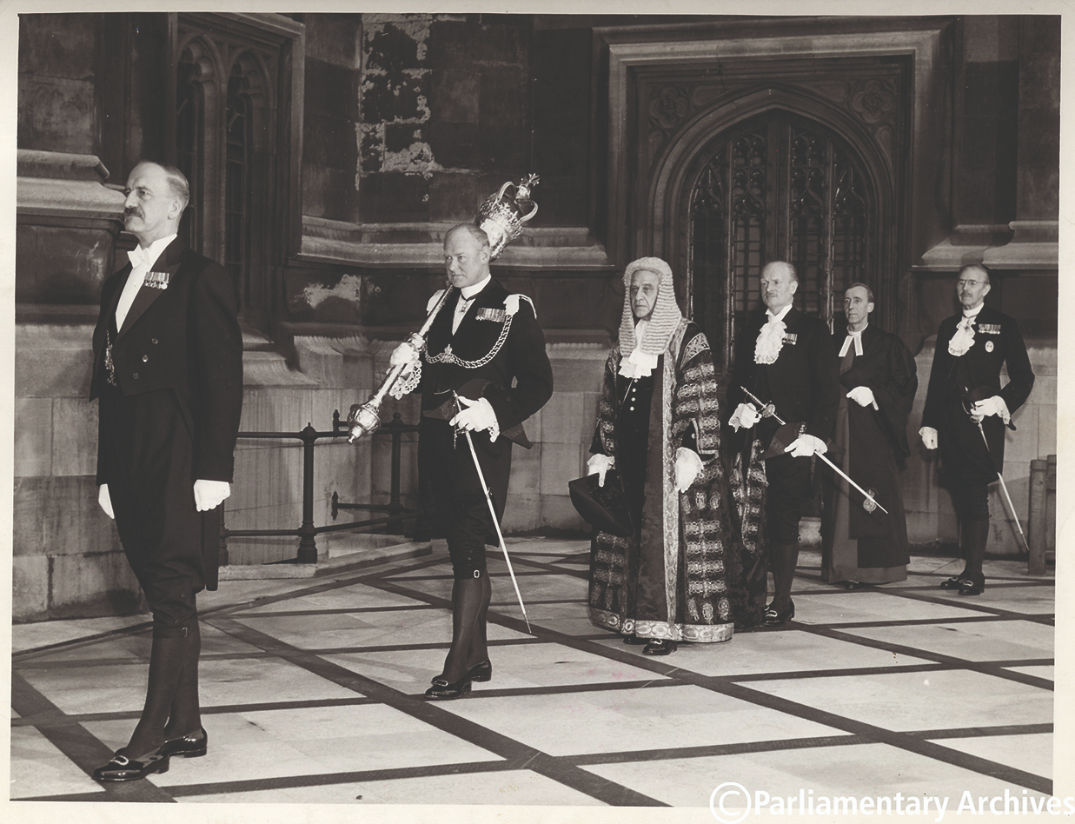
The eminent historian Sir David Cannadine is often cited as arguing that much seemingly ancient royal pageantry was developed in Edward VII’s reign. He refers to 1901 as a “new-old parliamentary spectacle … more than a revival of state theatre”. He adds: “In an increasingly democratic world [the King] thought the sovereign should be seen with all the accoutrements of regal magnificence.”
Patric Dickinson, who retired last year as Clarenceux King of Arms – the second most senior member of the College of Arms – and continues to work on the ceremony, tells The House “several major elements of the State Opening have remained unchanged since medieval times. In its present form the sovereign’s procession into the House of Lords very closely resembles the procession as it was in the 18th century.”
Pointing to a contemporary illustration of Henry VIII opening Parliament in 1523, Dickinson adds: “[The] Lord Great Chamberlain together with the peers carrying the Cap of Maintenance and the Sword of State are shown standing in very similar positions to today. Clearly visible are the Lord Chancellor, Earl Marshal and Garter King of Arms, judges sitting at the front of the chamber, the serried ranks of peers and MPs – all of them easily recognisable features of the present-day ceremony.” This year’s Platinum Jubilee event would have been recognised 500 years ago.
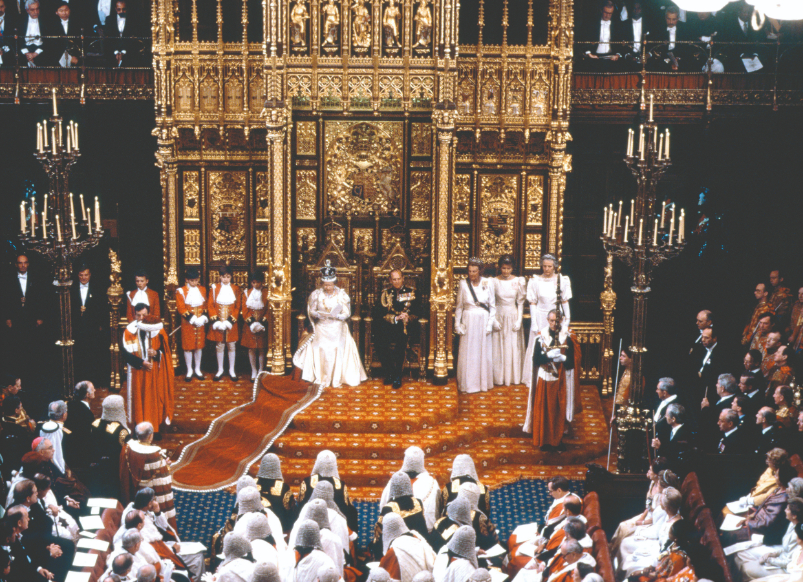
As well as the return of pageantry, Edward VII’s main innovation was a throne for Queen Alexandra; a replica of his but an inch shorter, it was used by Prince Charles to deliver the Queen's speech on 10 May. If the bill for this seems cheap at £238, 10 shillings, remember that’s more than £31,000 today!
The King’s love of pageantry was turned into spectacle by the great panjandrum Viscount Esher – Liberal MP, civil servant and courtier. He praised the King for “his imagination and promotion of royal grandeur”.
During our own Queen’s reign the event is rarely exactly the same from one year to the next. Dickinson again: “In the 40 years I have been involved in the State Opening, there have been numerous adjustments to the ceremony.” The ancient art of walking backwards was discontinued, top military personnel have disappeared and reappeared in different formats in different years, and a new procession was created for the Lord Speaker.
The biggest change came in 1998. With suitably New Labour-style press briefing, a bid to downplay the spectacle of the Queen’s procession was made by splitting it in two. The unforeseen consequence however was to create even greater splendour, with two processions rather than one. With somewhat less fanfare, it reverted to one in 2012.
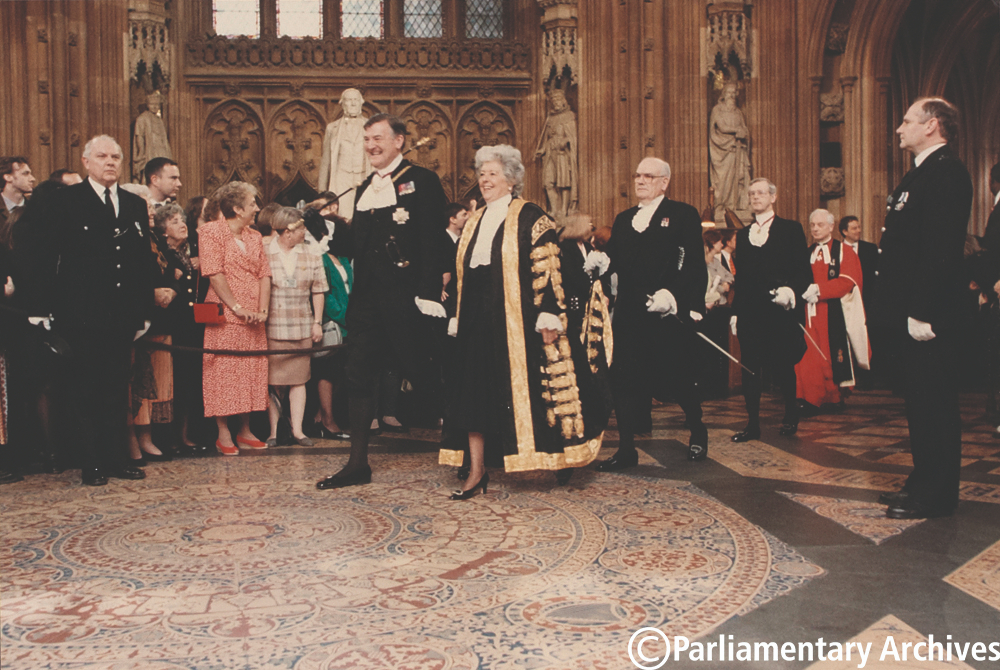
One change from 1998 which has remained to the regret of many observers is Black Rod’s move from the Lords Bar (where there is a clear view of the signal being given to summon the Commons) to Central Lobby – where binoculars would be appropriate. The aim had been to shorten the wait for the Queen until the arrival of the Commons. A traffic light system was installed to convey the royal command. Edward VII would surely not approve.
The State Opening has been adapted in recent years to meet changing needs, and this year’s Platinum Jubilee event demonstrated that. Prince Charles’ 11th hour drafting as the Queen’s stand-in marked the first time the heir to the throne had read the speech since the Prince Regent (later George IV) during the reign of George III.
The very late decision by the 96-year old Queen to cancel is a reflection of the importance she attaches to the State Opening as an integral part of her role as Head of State – even when that means reading out the favourite political slogans of the day. That continuity means the bunfight of 1901 is unlikely to be repeated.
Additional research by Alexandra Fisher of the Parliamentary Archives.
